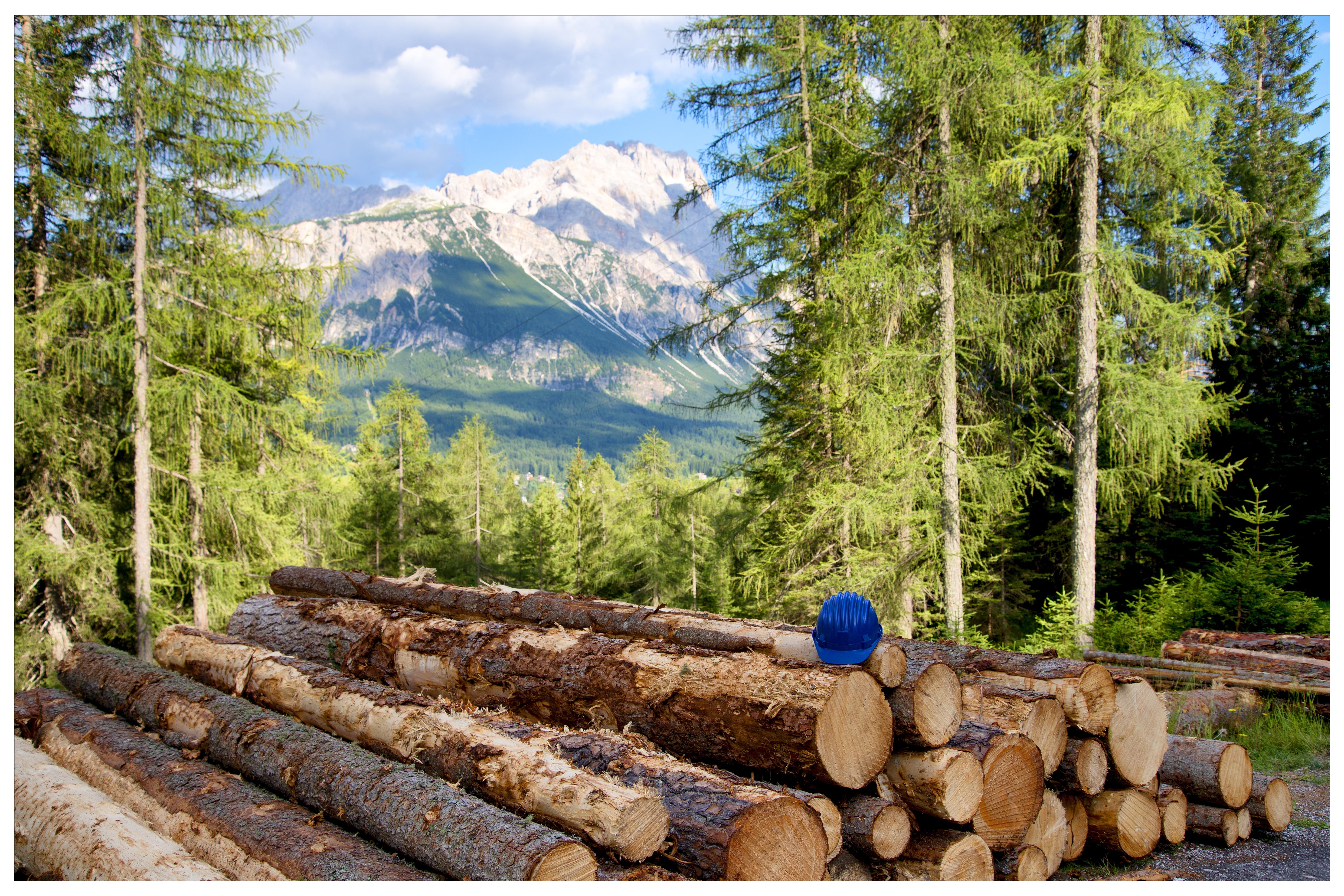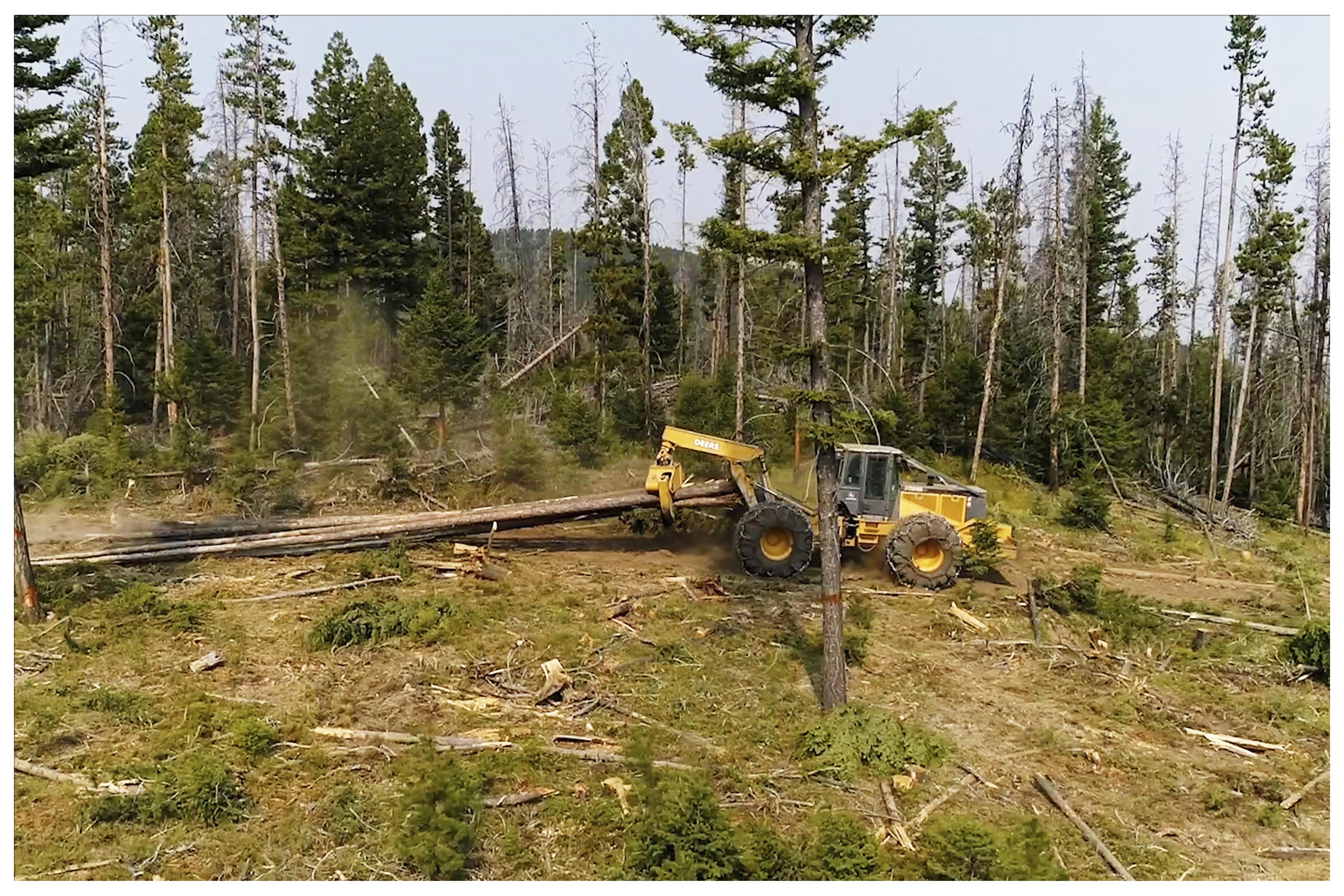
Water is one of our most precious natural resources, which is why protecting and maintaining our water quality is so important. The current rise in catastrophic wildfires across the country is beginning to threaten our water quality as ash settles into streams, and vegetation surrounding waterways is burned away, causing erosion to become a more prominent issue. According to the U.S. Geological Survey (USGS), "Wildfires can compromise water quality both during active burning, and for months and years after the fire has been contained."
Forest management and fire mitigation are crucial components in protecting our waterways from the long-term, negative effects of these catastrophic fires. However, landowners and loggers must also pay special attention to keeping sediment out of streams during logging activities. As a whole, Montana's Timber Products Industry does an excellent job of this, utilizing the state's voluntary Best Management Practices (BMPs) as a guide in protecting water quality and the entire forest ecosystem.

What are the BMPs
The BMPs are a set of national guidelines that were implemented as part of the Federal Clean Water Act (CWA) to help minimize nonpoint source water pollution during logging activities. The BMPs provide guidance on water, soil, and other natural resource protection, specifically focusing on educating and monitoring landowners and operators.
Each state has a different set of BMPs that are designed to best protect land and waterways in that particular region. According to the Montana Department of Natural Resources and Conservation (DNRC), Montana's BMPs were first established in 1987 and later revised in 1989, when they officially became a part of the Protection of Forest Resources law. Every two years, the Montana DNRC evaluates the use of the BMPs, monitoring their application and effectiveness in preserving our natural resources.
While the BMPs particularly focus on protecting water quality, Montana's BMPs are made up of more than 100 individual practices relating to:
- Road and timber harvest planning and design
- Road and skid trail drainage, construction, and maintenance
- Slash disposal and site preparation
- Stream crossings, and more
According to the Montana Forestry BMP, these practices "go beyond legally mandated Streamside Management Zone rules (SMZ)" (2), working toward zero negative impacts during logging activities and even attempting to improve the conditions of these resources.

Montana's Efforts with BMPs
Montana's BMPs are completely voluntary and work concurrently with the regulatory Streamside Management Zone Act, creating what "Montana's Forestry Best Management Practices Program: 20 Years of Continuous Improvement" refers to as a unique "blended" program. Although voluntary, in 2018, Montana reported a 97% application and effectiveness rate, meaning BMPs were applied correctly and were considered effective in protecting our natural resources in the majority of all logging activities, including state, federal, industry, and private jobs.
Montana's notably high application and effectiveness rates can mainly be attributed to the DNRC's educational efforts and compliance monitoring and the efforts applied by the Timber Products Industry. It's promising to see landowners and operators abiding by these voluntary practices, demonstrating that many in the Timber Products Industry are independently incentivized to be stewards of our land.
Proper forest management and fire mitigation play an essential role in protecting our waterways and the entire forest ecosystem. The BMPs provide guidance on how to preserve these natural resources during logging activities successfully. Montana's Timber Products Industry is particularly successful in applying these voluntary BMPs and, therefore, protecting our natural resources. At Marks Lumber, we make sure to source our fiber exclusively from loggers that follow the BMPs, which is just one small part in ensuring the preservation of our waterways. Marks Lumber is proud to be a part of this industry and show our support for loggers that utilize the BMPs in each project they take part in.
